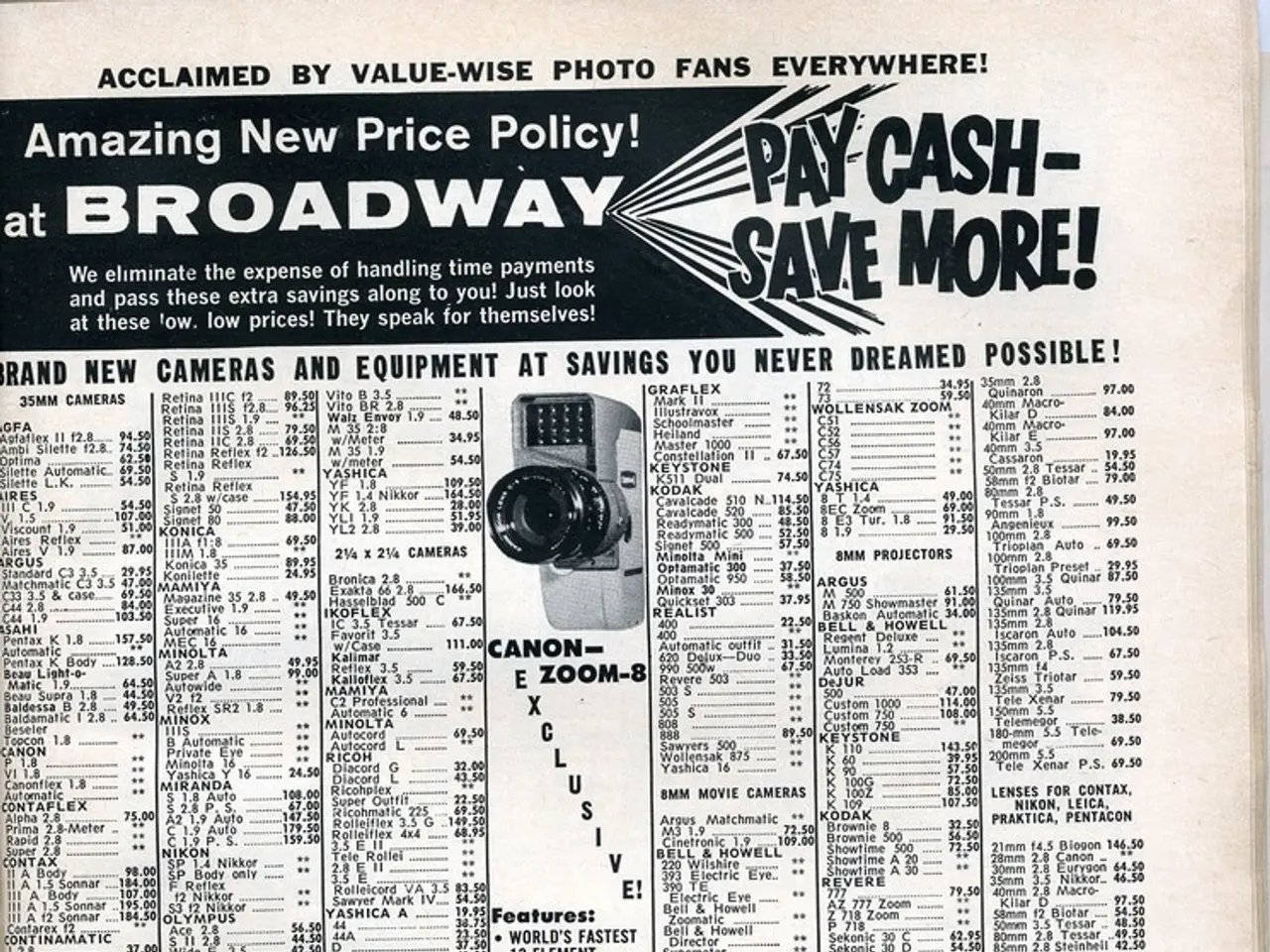In Ozzy Osbourne's perspective, the day Randy Rhoads passed away marked the most devastating event of his life. After being let go by Black Sabbath, he believed his career was at an end until a guitarist named Randy Rhoads entered the picture.
In the early 1980s, a transformative collaboration took place in the world of heavy metal music, one that would leave an indelible mark on the genre. This collaboration was between the legendary Ozzy Osbourne and the prodigious Randy Rhoads, a young American guitarist who would prove to be a pivotal figure in resurrecting Ozzy's career.
Ozzy Osbourne, formerly of Black Sabbath, had embarked on a solo journey after being kicked out of the band in the summer of 1979. His debut solo album, Blizzard Of Ozz, was released in September 1980, and it was Rhoads who played a defining and transformative role in its creation. Rhoads was not only Ozzy’s lead guitarist but also a co-writer and major creative force in the studio, contributing to the revitalization and redefinition of Ozzy’s music.
Blizzard Of Ozz stands as a watershed moment in heavy metal history, propelling Ozzy from a faltering solo artist back into the spotlight with a revolutionized metal sound. The album featured three deathless anthems that define Ozzy's over-the-top persona: "Crazy Train," "Suicide Solution," and "Mr. Crowley." Rhoads brought a classical music influence and technical innovation to the guitar parts, using techniques like intricate scales, tapping, and harmonic layering. This combination created some of the most iconic heavy metal tracks.
"Crazy Train," Ozzy’s debut solo single, exemplifies Rhoads' impact. The song features a riff widely considered seminal in rock and metal guitar history and was developed creatively with input from Rhoads and collaborators; it remains highly influential and emblematic of Ozzy’s post-Black Sabbath sound.
Apart from musicianship, Rhoads also restored confidence and discipline to Ozzy’s work ethic and studio creativity, helping Ozzy regain purpose and direction during a challenging period. This creative synergy laid the groundwork for subsequent albums like Diary of a Madman, cementing Ozzy’s status as a solo metal icon.
Tragically, Rhoads' life was cut short. He died in a plane crash near Leesburg, Florida, on 19 March 1982, at the age of 25. For Ozzy, this was the greatest tragedy of his life. Despite the loss, the legacy of Randy Rhoads lives on in the music he created, standing as a testament to the genius of the guitarist who did much to turn Ozzy's life around.
[1] Goldmine Magazine. (2017, February 7). Randy Rhoads: A Tribute. Retrieved from https://www.goldminemag.com/features/randy-rhoads-a-tribute/ [2] Rolling Stone. (2016, February 18). The 100 Greatest Guitarists of All Time. Retrieved from https://www.rollingstone.com/music/music-news/the-100-greatest-guitarists-of-all-time-104947/ [3] Ultimate Classic Rock. (2018, March 20). 10 Essential Randy Rhoads Songs. Retrieved from https://ultimateclassicrock.com/randy-rhoads-essential-songs/
Music was a significant element in the collaboration between Ozzy Osbourne and Randy Rhoads, as Rhoads brought a classical music influence and technical innovation to the guitar parts of Ozzy's debut solo album, Blizzard Of Ozz. This combination created some of the most iconic heavy metal tracks, including "Crazy Train," which features a riff widely recognized as seminal in rock and metal guitar history.








